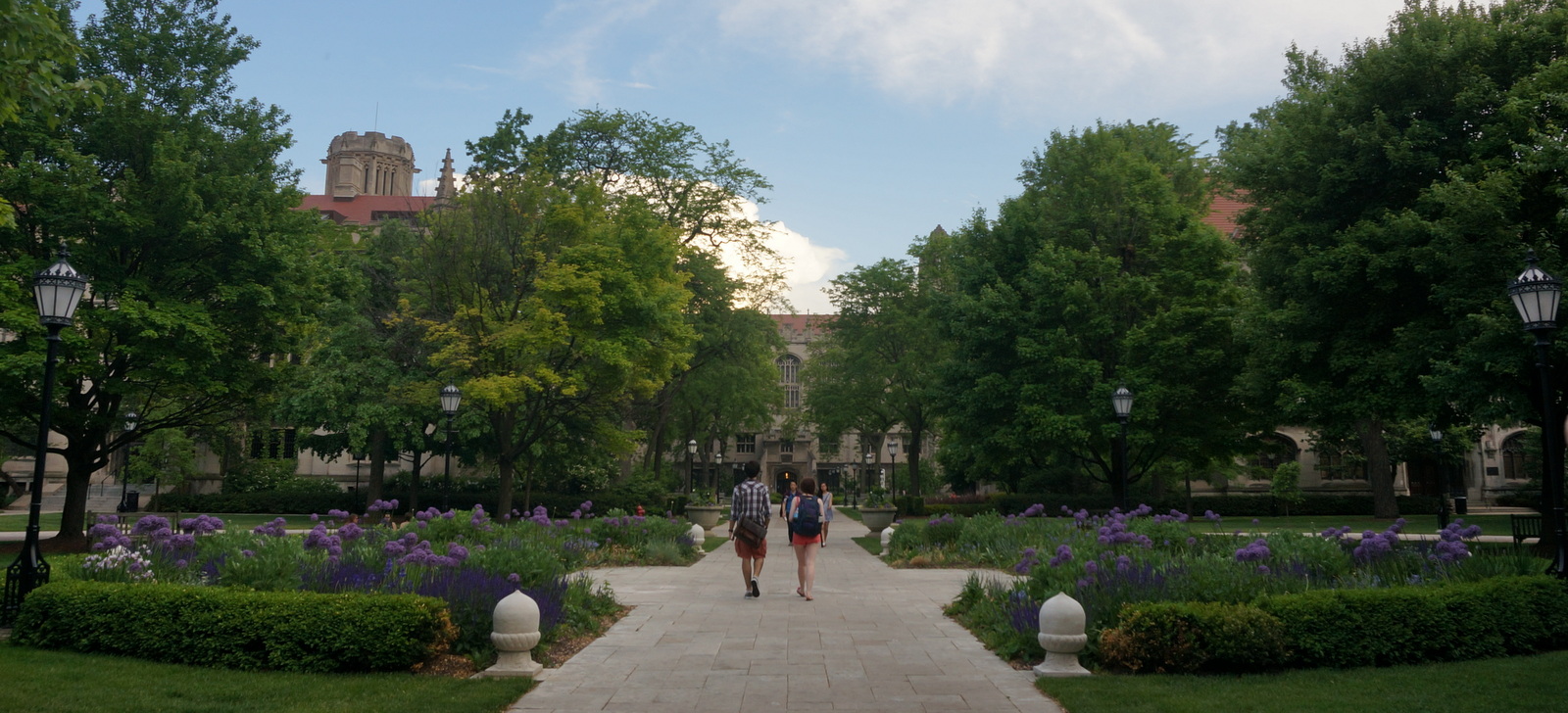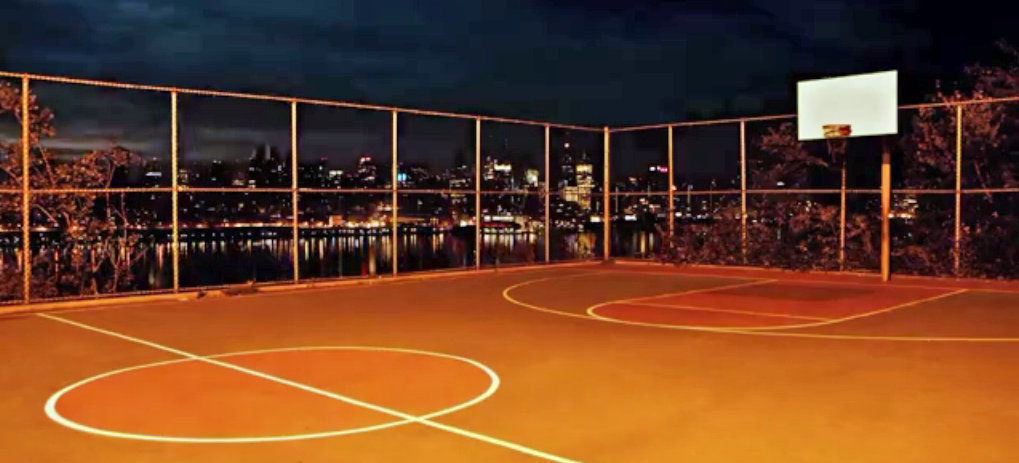Sports and College Planning
In my experience as a counselor, I’ve been a bit surprised by the lack of interest that so many prospective applicants I work with have for college sports. Of course, plenty of people have no interest in sports, and that’s perfectly fine, but college sports are an excellent introduction to the incredible options one has when applying to college.
Everyone reading this post will have heard of the Ivy League, and many probably could even name all eight institutions that comprise this conference, but few people know what the Ivy League actually is. It’s a sports conference. It was established in 1954 as a collection of schools with a similar history who wanted to play football (among other things) against each other in a formalized fashion. In fact, earlier references to the Ivy League only go back twenty-some years prior, and refer to the schools founded during the Colonial period of American history, including seven of the eight contemporary Ivy League schools (all but Cornell) as well as the College of William and Mary, Rutgers University, the U.S. Military Academy, and the U.S. Naval Academy. (That’s right, Rutgers was Ivy League.)
Not only is the Ivy League a sports conference, it’s also not a particularly good one. Harvard gained fame for the explosion of Jeremy Lin with the New York Knicks last year (or rather, Linsanity was greatly enhanced because he attended Harvard), but it’s extremely rare for an Ivy League athlete to succeed at the professional level.
But the colleges that make up the Ivy League, that collection of schools who agree to compete annually in sports, are exceptional academic schools. The Ivy League, however, isn’t the only sports conference with great academic schools. The Patriot League boasts a bevy of elite private institutions. Lehigh, Bucknell, Colgate, Army, Navy, Lafayette, Holy Cross, and American are widely regarded as exceptional colleges, and apart from American (a great school, no doubt), no member ranks lower than 39th in U.S. News 2013 publication of Best Colleges and several (Army, Navy, and Colgate) are in the top 20. (I should note that U.S. News’ unfortunate separation of “Liberal Arts Colleges” and “National Universities” is clearly problematized by the Patriot League, a conference built on similar schools with strong shared goals, yet six of them are deemed “Liberal Arts Colleges” and two of them are “National Universities.”)
At the Division I level – the highest level of NCAA sports competition – the remaining elite academic institutions mostly fall in what are known as the “power conferences.” Northwestern, Michigan, Illinois, Wisconsin, and more call the Big Ten home, while Stanford, USC, UCLA, and UC Berkeley are four of the twelve schools in the Pac 12. Vanderbilt represents the SEC, and Notre Dame and Syracuse are about to join Duke, Boston College, Wake Forest, Miami, UNC Chapel Hill, the University of Virginia, Georgia Tech, and several other strong universities in the ACC (although Notre Dame’s unique history and football tradition have led to that school remaining unaffiliated with any conference for football – Notre Dame’s football team is the only collegiate team that has its own television contract). The newfangled Big East will feature Georgetown, Villanova (#1 North Regional University), Creighton (#1 Midwest Regional University), Butler (#2 Midwest Regional University), and more.
Even at the small school level, though, sports play a major role in campus life. The NESCAC (New England Small College Athletic Conference) – aka the “Little Ivies” – is a powerhouse conference for Division III sports as well as academics and includes Williams, Connecticut, Wesleyan, Bates, Bowdoin, Colby, Hamilton, Middlebury, Trinity, and Tufts. The NESCAC’s West Coast counterpart is the SCIAC (Southern California Intercollegiate Athletic Conference), which includes Pomona-Pitzer, Claremont-Mudd-Scripps, Caltech, Occidental, and more. (Note that the five Claremont Colleges are divided into two sports teams.)
At many schools, large and small, the sports scene plays a powerful role in campus life. My memories of autumn Saturdays at Northwestern are filled with images of Frisbee and football tossing amongst innumerable barbecues in the frat quads, followed by caravans of walking students up to Ryan Field (Dyche Stadium, for those so inclined). We stormed the field when we upset Michigan 54-51 to secure a piece of the Big Ten championship in 2000, and I turned down the chance to study abroad the next year because I refused to miss NU’s upcoming football season. While that may or may not have been a mistake, college sports are undeniably an integral part of the culture at a great many schools, including the most competitive academic schools, and as such should be taken seriously into account when searching for that perfect place to spend the four “best years of your life.”






